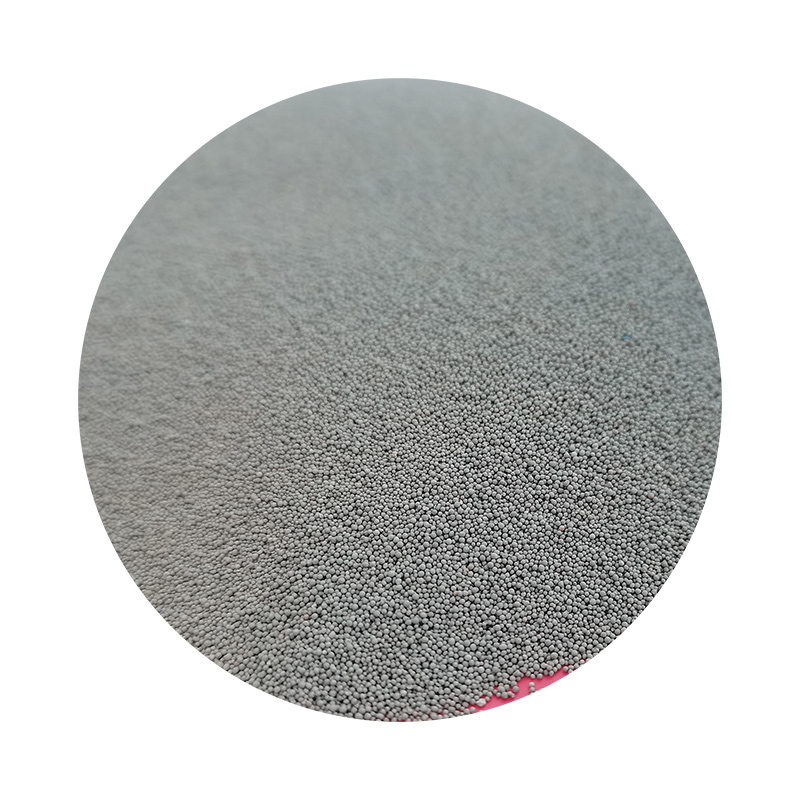Advantages and Disadvantages of the Sand Casting Process
Sand casting is a widely used manufacturing process that involves pouring molten metal into a sand mold to create a desired shape. This method has been utilized for centuries and is still prevalent in various industries today. Like any manufacturing process, sand casting comes with its own set of advantages and disadvantages, making it essential for engineers and manufacturers to weigh these factors when deciding on the best method for a specific application.
Advantages of Sand Casting
1. Cost-Effectiveness One of the most significant advantages of sand casting is its cost-effectiveness. The materials used, primarily sand and metal, are relatively inexpensive. Additionally, the equipment involved is less complex and expensive than that required for more advanced casting techniques, making it an excellent choice for small businesses or startups.
2. Flexibility and Versatility Sand casting can be used to produce a wide range of metal parts, from small components to large, intricate structures. It is compatible with various metals, including aluminum, bronze, and iron, which adds to its versatility. Furthermore, the process allows for easy modification of mold designs, enabling manufacturers to adapt quickly to changes in product specifications.
3. Complex Geometries The sand casting process is capable of producing complex shapes and intricate details that might be challenging to achieve with other manufacturing methods. This capability is particularly beneficial for industries requiring unique and customized parts, such as aerospace and automotive sectors.
4. High Tolerance Levels Sand casting methods allow for reasonable accuracy and high tolerance levels, which is crucial for fitting components together in assembled products. Although machining may be required for certain applications, sand casting provides a good starting point for parts that must meet specific dimensional requirements.
5. Scalability Sand casting is easily scalable, meaning it can be employed for both small production runs and large-scale manufacturing. This adaptability makes it suitable for a variety of projects, from prototypes and small batches to full production volumes.
advantages and disadvantages of sand casting process

Disadvantages of Sand Casting
1. Surface Finish Quality While sand casting can produce intricate shapes, the surface finish of cast parts is often rough and may require additional machining to achieve a smooth finish. This requirement for post-processing can increase production time and costs, especially for high-precision applications.
2. Dimensional Accuracy Although sand casting has reasonable tolerance levels, it may not reach the high precision that other casting methods, such as investment casting, can offer. The potential for dimensional variations due to sand mold quality, environmental conditions, and molten metal properties can be a concern for critical components.
3. Labor-Intensive Process Sand casting can be a labor-intensive process, requiring skilled workers to create molds, handle the molten metal, and perform quality control. This reliance on human labor can lead to variability in product quality and can increase costs associated with labor and training.
4. Environmental Concerns The sand casting process can pose environmental challenges, as the materials involved may generate waste and emissions. The disposal of used sand and other materials requires careful management to minimize environmental impact.
5. Limited Production Speed While sand casting is adaptable for various production volumes, it may not be the fastest method for high-volume production runs. Other methods, such as die casting, can produce parts more rapidly, making them more suitable for mass production.
Conclusion
In conclusion, sand casting is a valuable and widely-used manufacturing process that offers several advantages, including cost-effectiveness, flexibility, and the ability to create complex geometries. However, it also presents certain disadvantages, such as challenges with surface finish and dimensional accuracy. When considering sand casting for a project, it is crucial to evaluate the specific requirements and constraints to determine whether this process aligns with the desired outcomes. By carefully weighing the pros and cons, manufacturers can make informed decisions that enhance efficiency and product quality.
Post time:нов . 24, 2024 10:42
Next:smooth 3d prints without sanding
